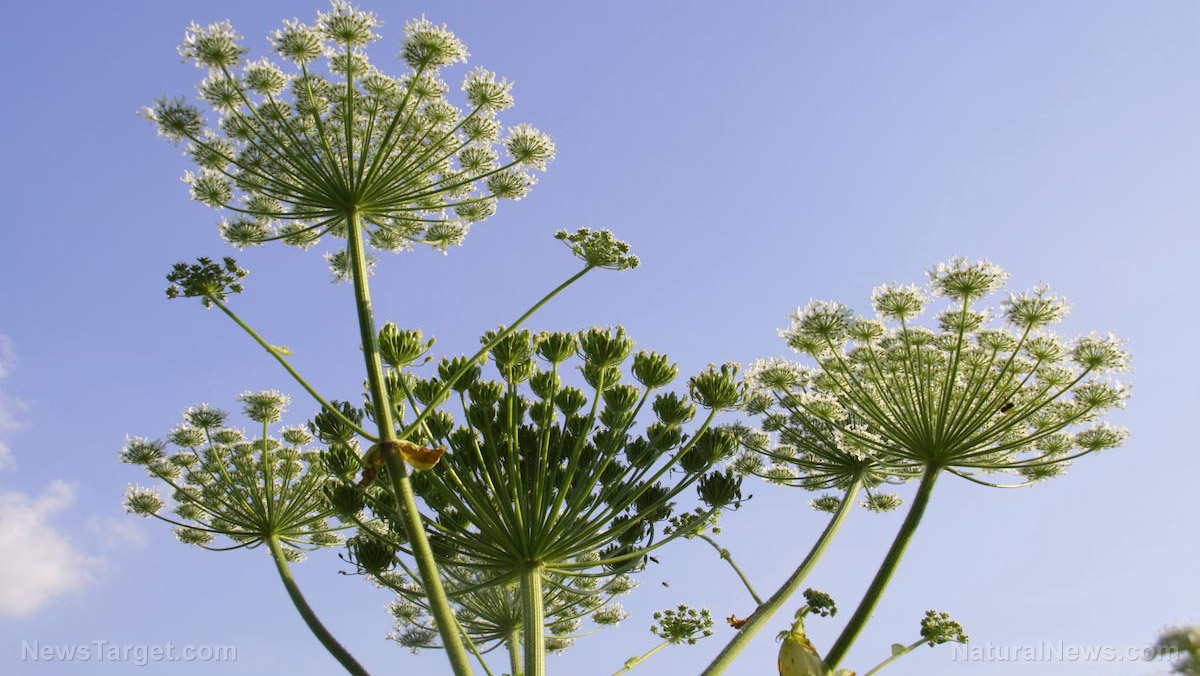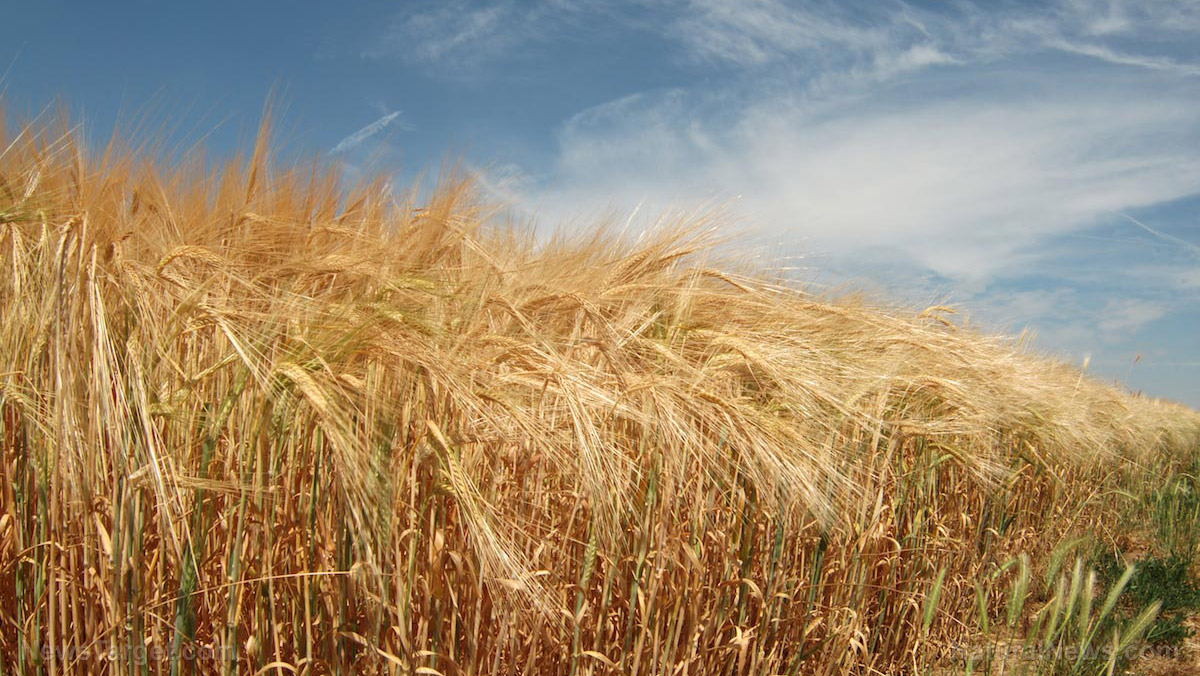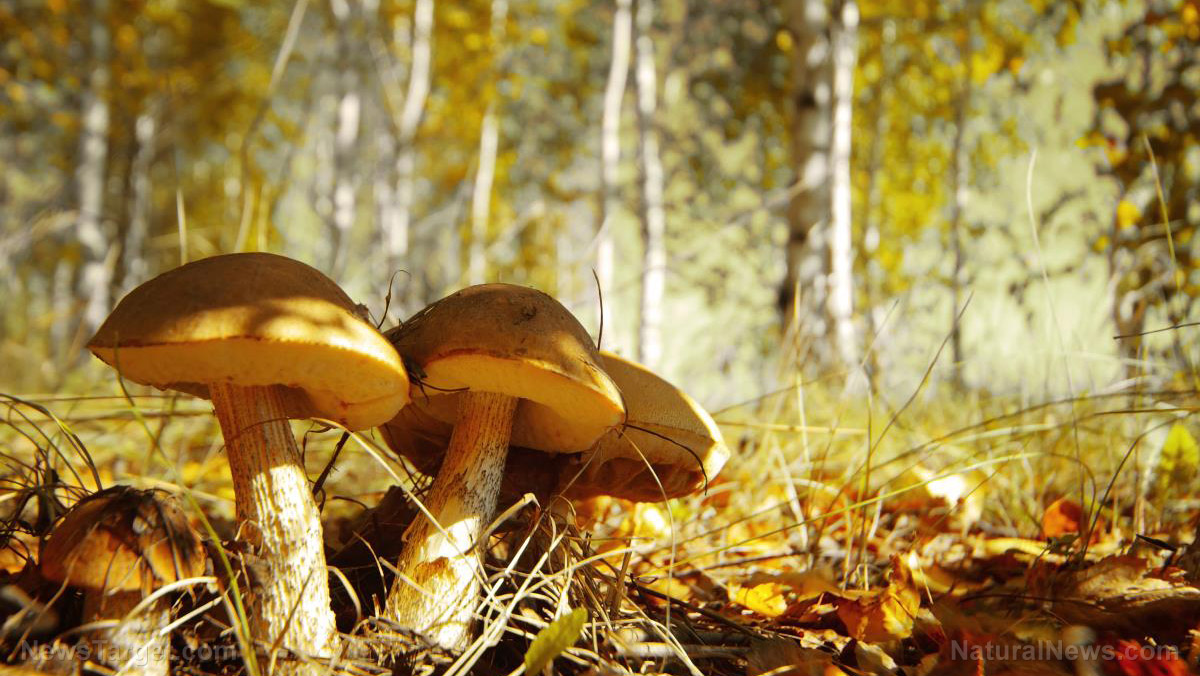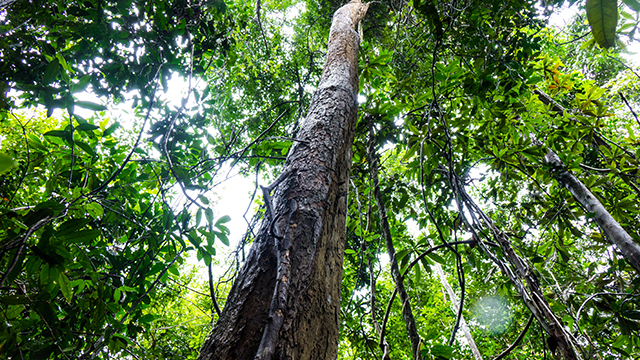Novel process makes adhesive tape out of a common substance found in trees and plants
09/03/2018 / By Zoey Sky
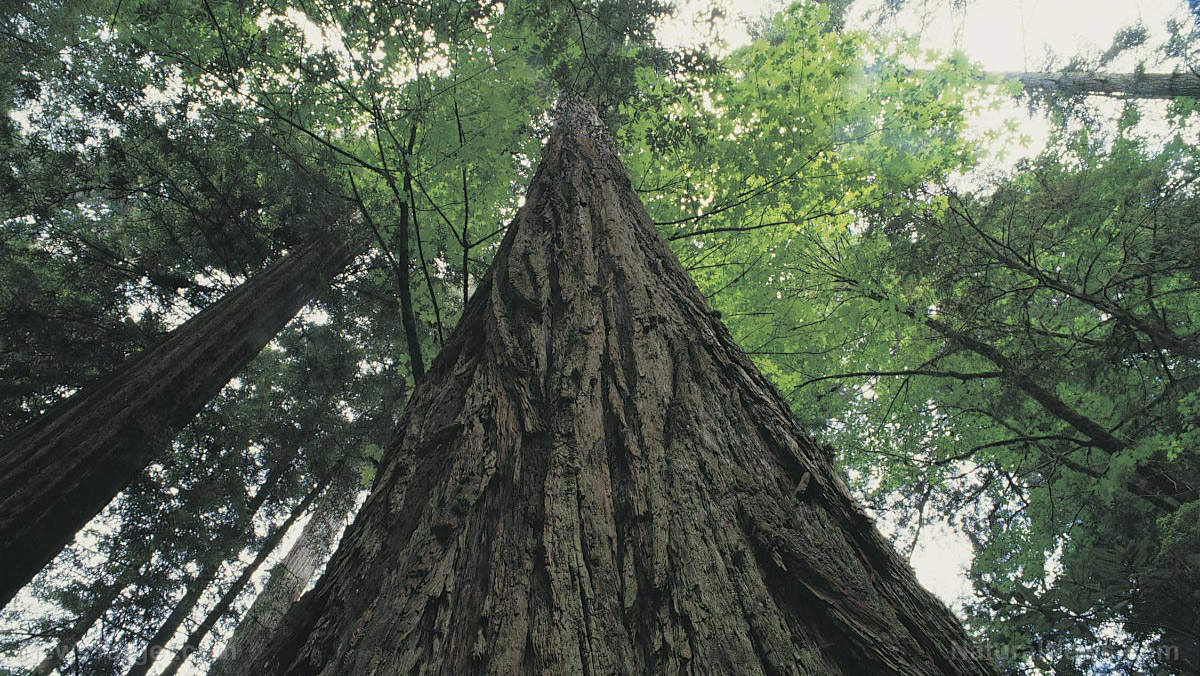
You use adhesives every day, whether you know it or not. Adhesives, which can be found in sticky tape and bandages, are usually made of petroleum-derived materials, which can be bad for the environment.
Thankfully, a team of scientists has discovered that they can make adhesive tape out of trees.
What is lignin?
A team of engineers from the University of Delaware (UD) shared that they developed a unique process to create tape from lignin, a major component of plants and trees.
Lignin is a substance that paper manufacturers often throw away, but it can be reused into a more eco-friendly adhesive tape.
A renewable resource, lignin is a substance in trees that make them strong. However, there’s no need to cut down trees because lignin is often left behind when pulp and paper manufacturers process wood. Lignin is often discarded in landfills or burned for heat.
Lignin is cheap, sustainable, and widely available, making it the perfect material for “scientifically advanced upcycling.” It is also a natural polymer – or a material made of large molecules. These large molecules are then comprised of smaller subunits called monomers.
Lignin’s industrial uses include:
- Adhesive for linoleum
- Binder for particleboard and similarly laminated or composite wood products
- Filler or an active ingredient of phenolic resins
- Soil conditioner
Lignin has similar structural and material properties with petroleum-derived polymers, like polystyrene and polymethyl methacrylate. These are often used in adhesives and other consumer products, such as cups or packaging materials.
How the tape was made
Thomas H. Epps III, the corresponding author of the paper, said that the researchers set out to determine if they can use lignin to make useful products, especially polymers.
Epps, who is also the Thomas and Kipp Gutshall Professor of Chemical and Biomolecular Engineering, Professor of Materials Science and Engineering at UD, added that lignin could be used to create adhesives with a similar strength, toughness, and scratch resistance compared to petroleum-based products. (Related: Scientists create cheap, non-metallic, sustainable battery from tree bark.)
The researchers broke down the lignin at the Catalysis Center for Energy Innovation (CCEI), a multi-institutional research center at UD, before it was turned into tape.
Dionisios Vlachos, director of CCEI and the Delaware Energy Institute, is also a world-renowned expert in catalysis, or the processes that accelerate chemical reactions. Vlachos and his team developed methods to break down cellulose and hemicellulose, two wood components, into useful products. Vlachos’ research team is focused on creating renewable products that are good for the environment, but without sacrificing performance.
But unlike other wood components, lignin is tougher to work with. Vlachos explained that lignin is a solid part of the biomass that’s the most difficult to break down. It’s also challenging to create a catalyst and a process that can “crack” these molecules.
The researchers used a commercially available catalyst material to develop a mild and low-temperature process that breaks down the lignin into small, molecular fragments via depolymerization. The fragments were then used to create new materials after adjustments were made to their properties so they could be turned into pressure-sensitive adhesives or materials that stick upon contact.
Vlachos shared that the process begins with a biopolymer and ends in the creation of another polymer. He noted that even if the research team used similar “separation, purification, polymerization, and characterization methods” to produce the materials required for current commercial and petroleum-based products, their version has better properties that make use of a sustainable source.
The researchers used mechanical tests to measure the adhesion and tackiness of their tape, which had similar results compared to Fisherbrand labeling tape and Scotch Magic Tape, all without needing additives that are often included in commercial materials to improve performance.
Commercial tapes often contain tackifiers, which are substances that increase adhesion. However, tackifiers may also decrease the shelf-life of materials.
To make the tree tape, the researchers used poplar wood lignin. They believe that they can also use material from other woods and other plants with high lignin content, like switchgrass. In time, the researchers hope to reverse engineer materials to create tapes with different levels of stickiness that can be used to make products like duct tape, electrical tape, painter’s tape, bandages, and even sticky notes.
Vlachos believes that the process they developed can be explored for its “tremendous economic potential.” The process could help revitalize the paper industry, even allowing companies to sell the lignin to adhesive manufacturers. The research team has already filed for a provisional patent for the process.
The study findings were published in ACS Central Science.
You can read more articles about other discoveries like tape made of trees, which can help minimize environmental damage, at Environ.news.
Sources include:
Tagged Under: adhesive tape, adhesives, Chemistry, depolymerization, discoveries, lignin, paper industry, plant molecules, Plants, recycling, renewable resources, research, science, sticky tape, sustainability, tape, tapes, trees, upcycling

